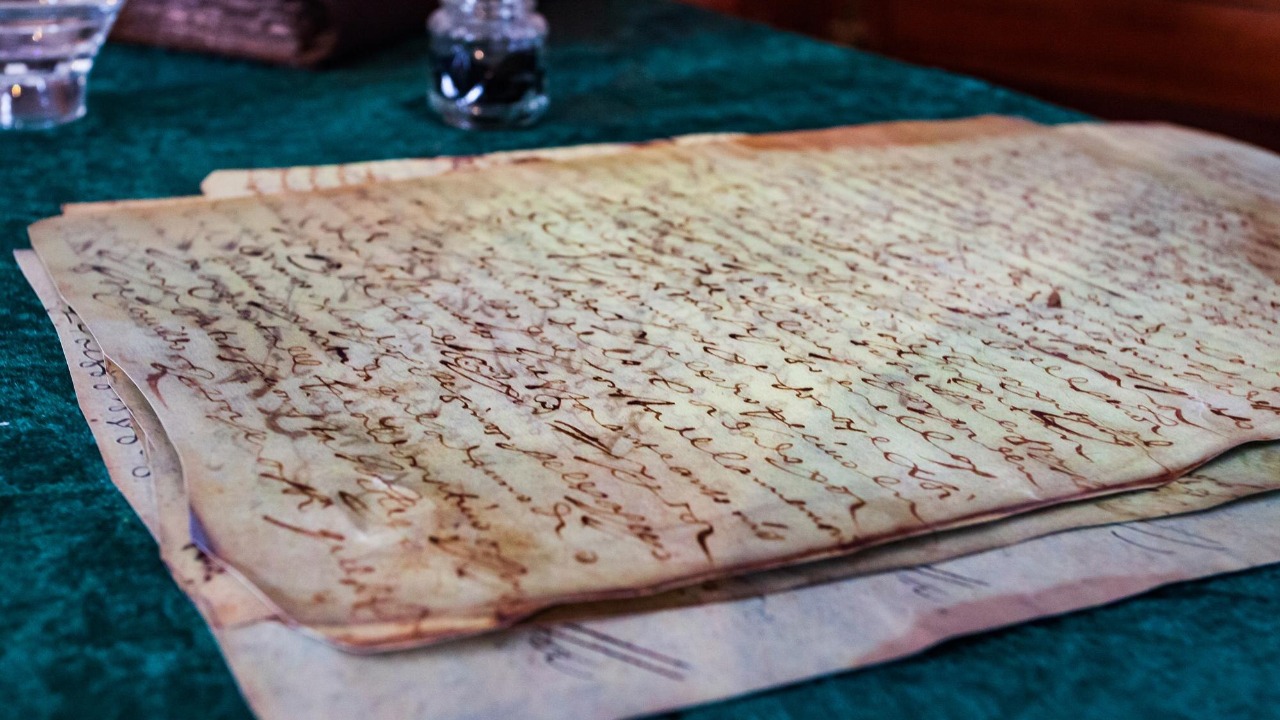
Decoding ancient scripts is a remarkable journey into humanity’s past, unearthing forgotten tales and cultures. The cryptic symbols, etched onto stone, parchment, or clay, often remain as the only remnants of ancient civilizations, their languages and histories lost in the sands of time. These scripts, when deciphered by experts, provide invaluable insights into our ancestors’ lives, their societies, and their stories.
The Art of Deciphering Ancient Scripts
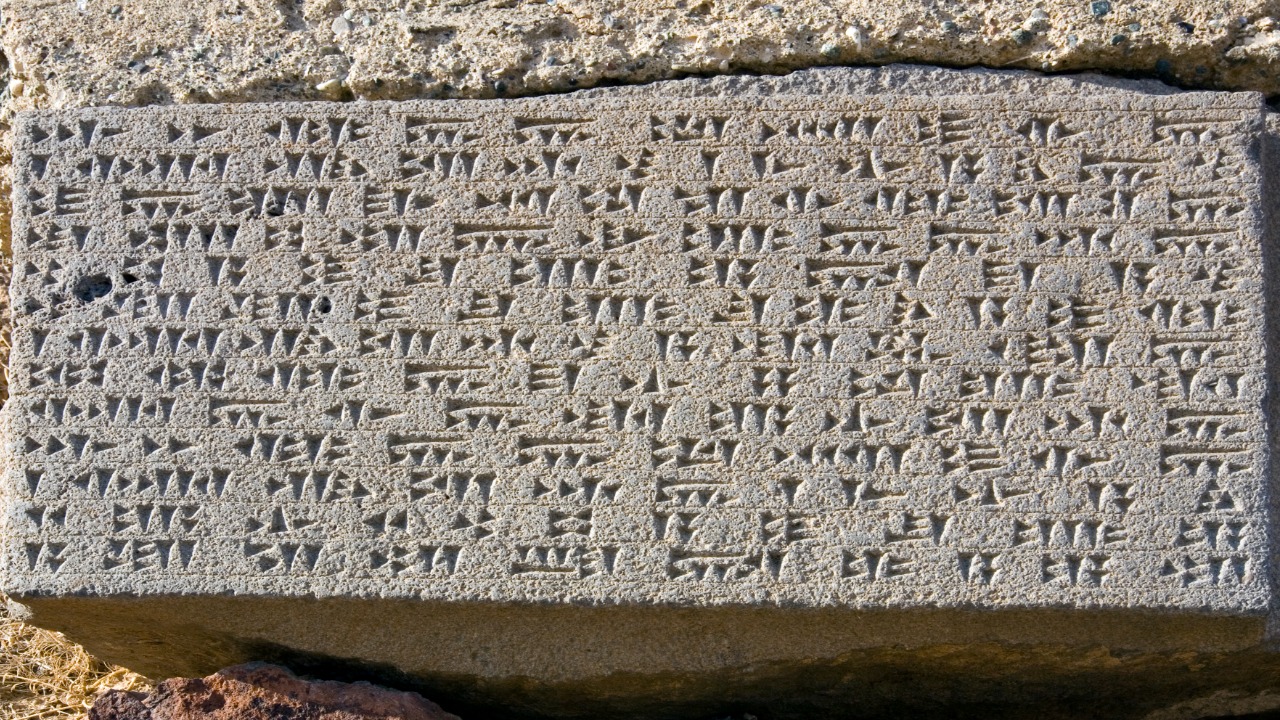
Deciphering ancient scripts is an intricate process. The cryptographers, linguists, and historians who carry out this task require an extensive understanding of the culture and context in which the script was created. This often involves studying not just the script itself but also the artifacts, art, and architecture associated with it. For instance, the decipherment of Egyptian hieroglyphs was only possible with the discovery of the Rosetta Stone, which provided a Greek translation of the hieroglyphic text.
The process of deciphering can take many years and even generations. Some scripts, like Linear B, were cracked after decades of dedicated work. Linear B, an ancient script used by the Mycenaean civilization, was successfully deciphered in 1952 by Michael Ventris, a British architect and classical language scholar. His achievement illuminated aspects of the Mycenaean culture that had remained in darkness for millennia.
Technological Advancements in Decoding Ancient Scripts

Technology, particularly artificial intelligence (AI), plays an increasingly crucial role in deciphering ancient scripts. AI algorithms can learn patterns and make connections at a speed and scale that human experts cannot match. This has led to some significant breakthroughs in the field. A recent example is the use of AI in decoding the Indus script, one of the oldest and most mysterious scripts in the world.
However, the use of AI in script deciphering is not without its limitations and ethical considerations. For example, AI algorithms rely on existing knowledge and databases. If the database is incomplete or biased, the AI’s output will also be flawed. Moreover, there is the question of who owns the cultural heritage that these scripts represent and who has the right to access and interpret it.
Revealing Forgotten Human Tales
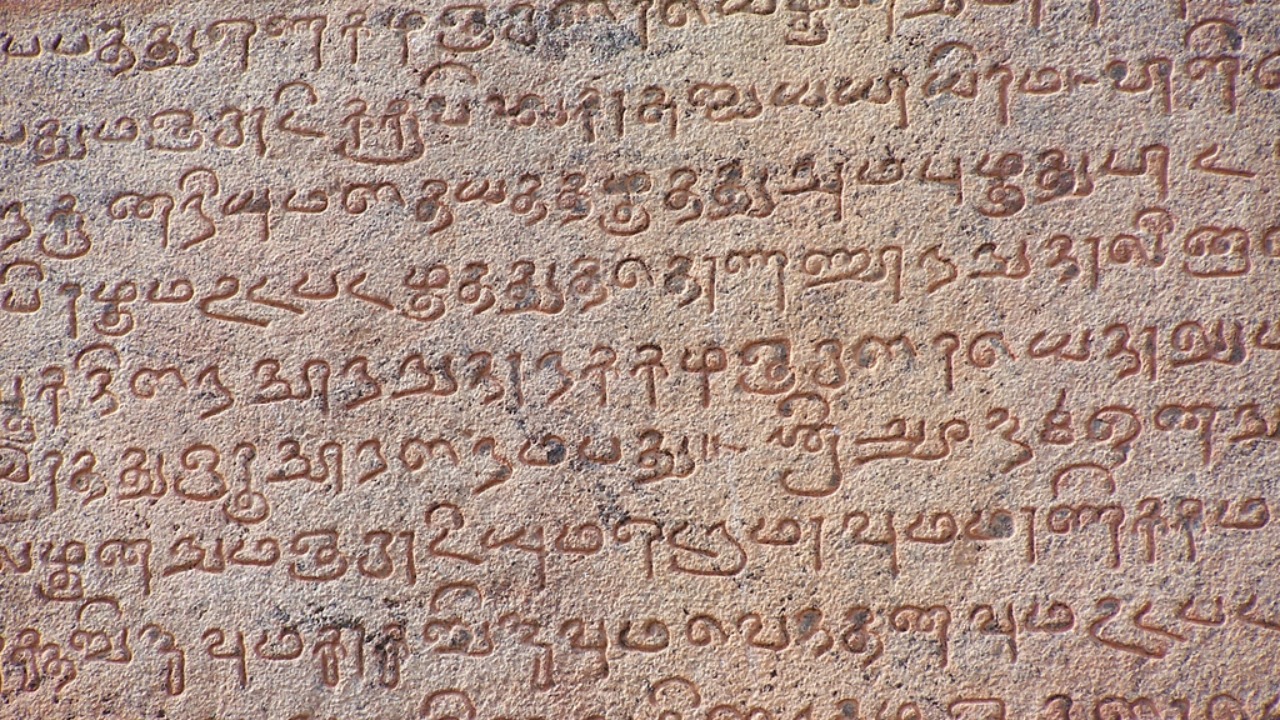
Decoding ancient scripts often leads to the discovery of fascinating information and stories about our ancestors. These unveilings enrich our understanding of human history and culture. For instance, the decipherment of the Mycenaean Linear B tablets revealed a well-organized society with a complex bureaucracy, challenging previous assumptions about the Bronze Age civilizations.
These findings also highlight the diversity and richness of human experience. They reveal varying societal structures, belief systems, and ways of understanding and interacting with the world. Every decoded script adds another layer to our collective human story, filling gaps in our historical knowledge and overturning established narratives.
The Mystery of Undeciphered Scripts
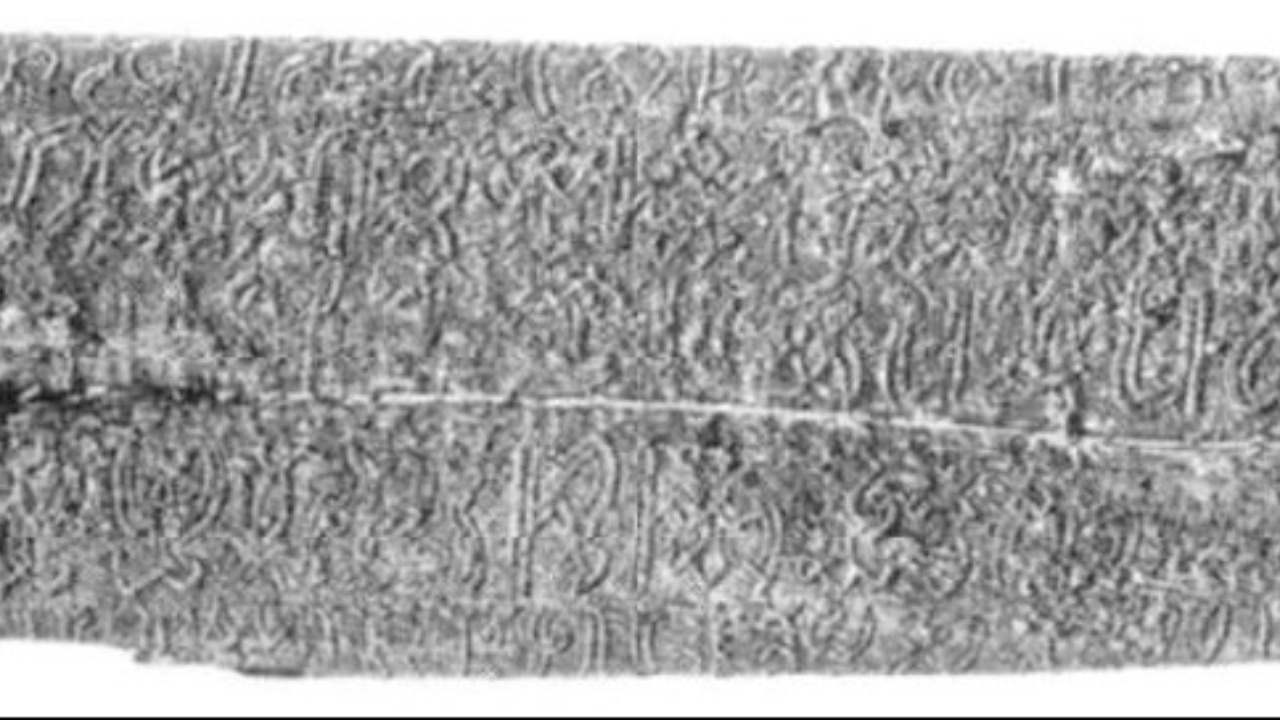
Despite significant progress, several ancient scripts still elude decipherment. Among these are the Indus Valley script, used by one of the world’s earliest urban civilizations, and the Rongorongo script of Easter Island, one of the few independent inventions of writing in human history. These scripts pose significant challenges for experts due to factors such as a lack of bilingual texts, limited contextual information, and the complexity of the script itself.
The potential information locked within these scripts is enormous. Deciphering them could revolutionize our understanding of these civilizations, providing insights into their social structures, economic systems, religious beliefs, and much more. However, as some experts caution, we must also be prepared for the possibility that some scripts may never be fully deciphered, their secrets forever lost to time.
Impacts and Implications of Decoding Ancient Scripts
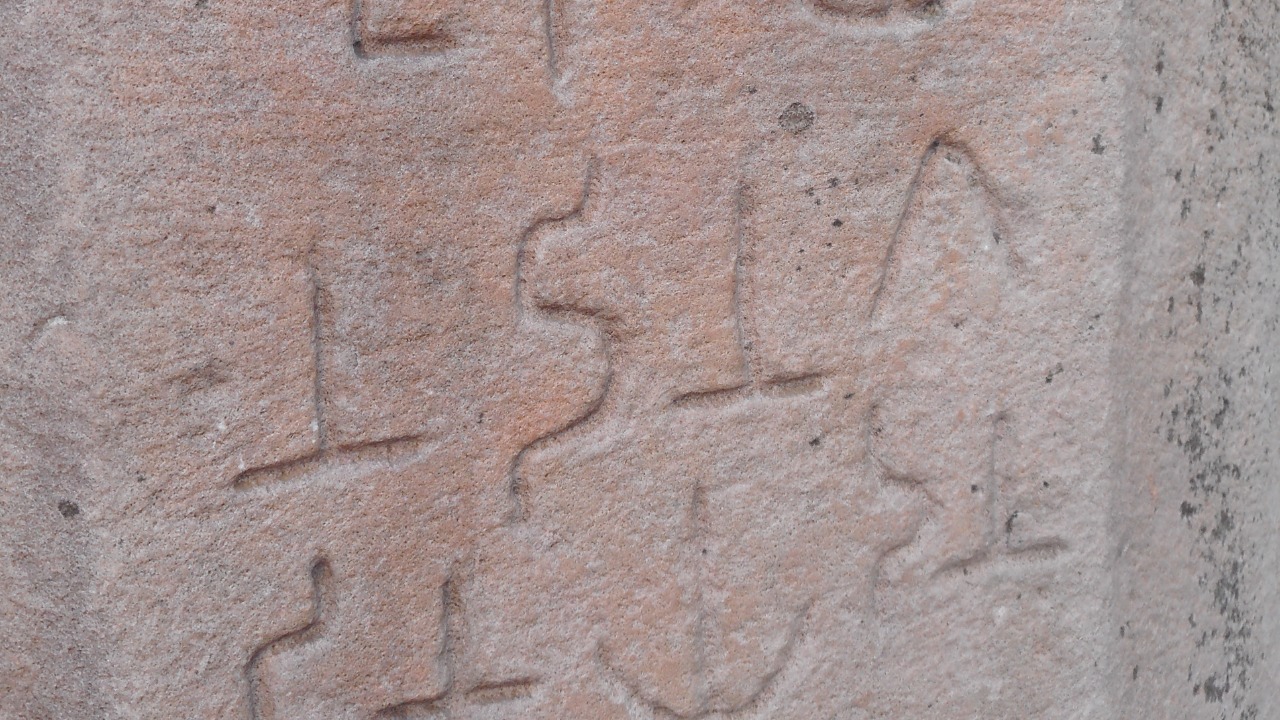
The decoding of ancient scripts has profound implications for our understanding of history and human civilization. Each deciphered script reshapes our knowledge of the past, providing new perspectives on historical events and developments. It also offers invaluable insights into ancient societies, their languages, and cultures, contributing to a richer and more nuanced understanding of human diversity and ingenuity.
Furthermore, these findings are of critical importance for archaeological research and cultural heritage preservation. They enable us to contextualize and interpret archaeological findings more accurately, thereby enhancing the value and significance of these cultural artifacts. They also underscore the importance of preserving these ancient scripts, as they form an irreplaceable part of our shared human heritage. Given the potential for future discoveries, continued research in this field is not just desirable but essential.